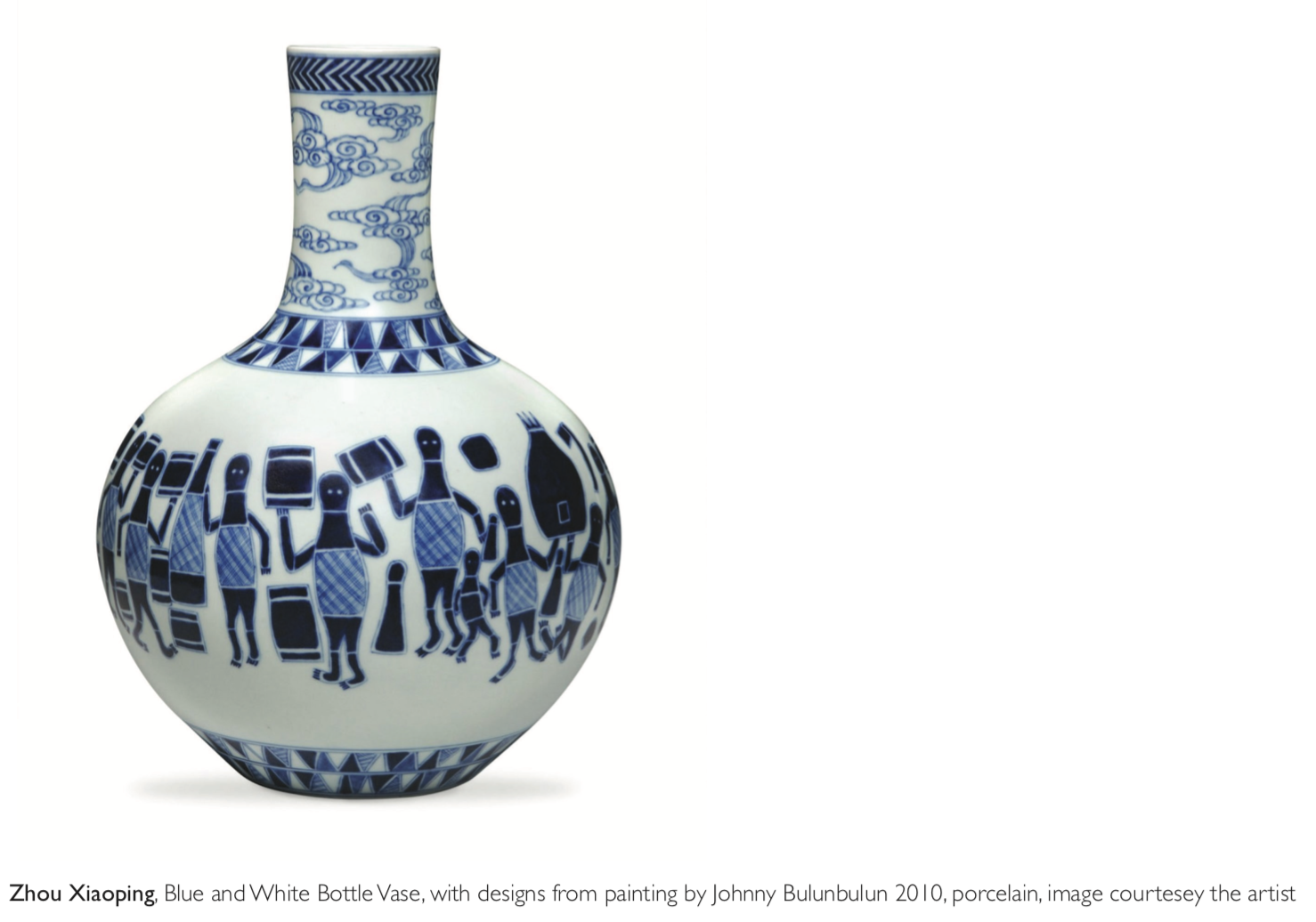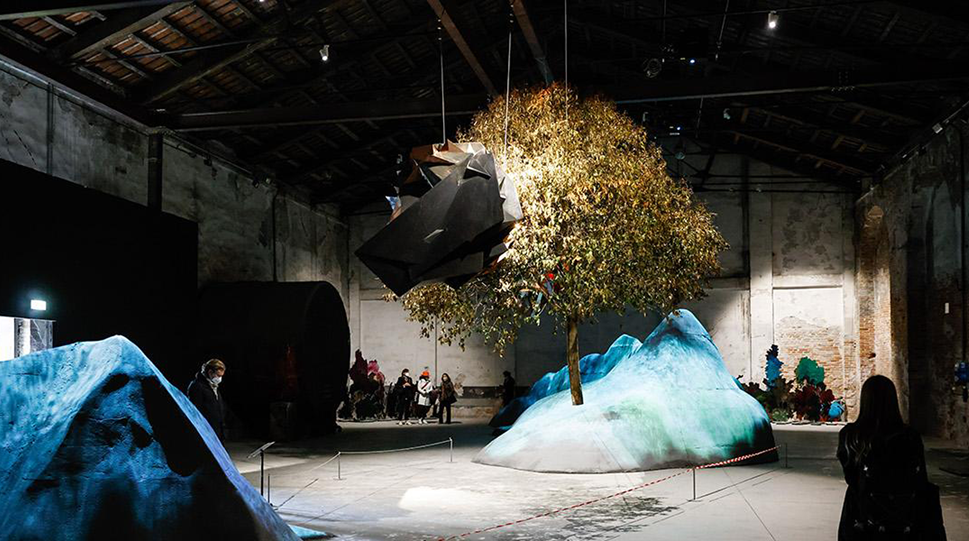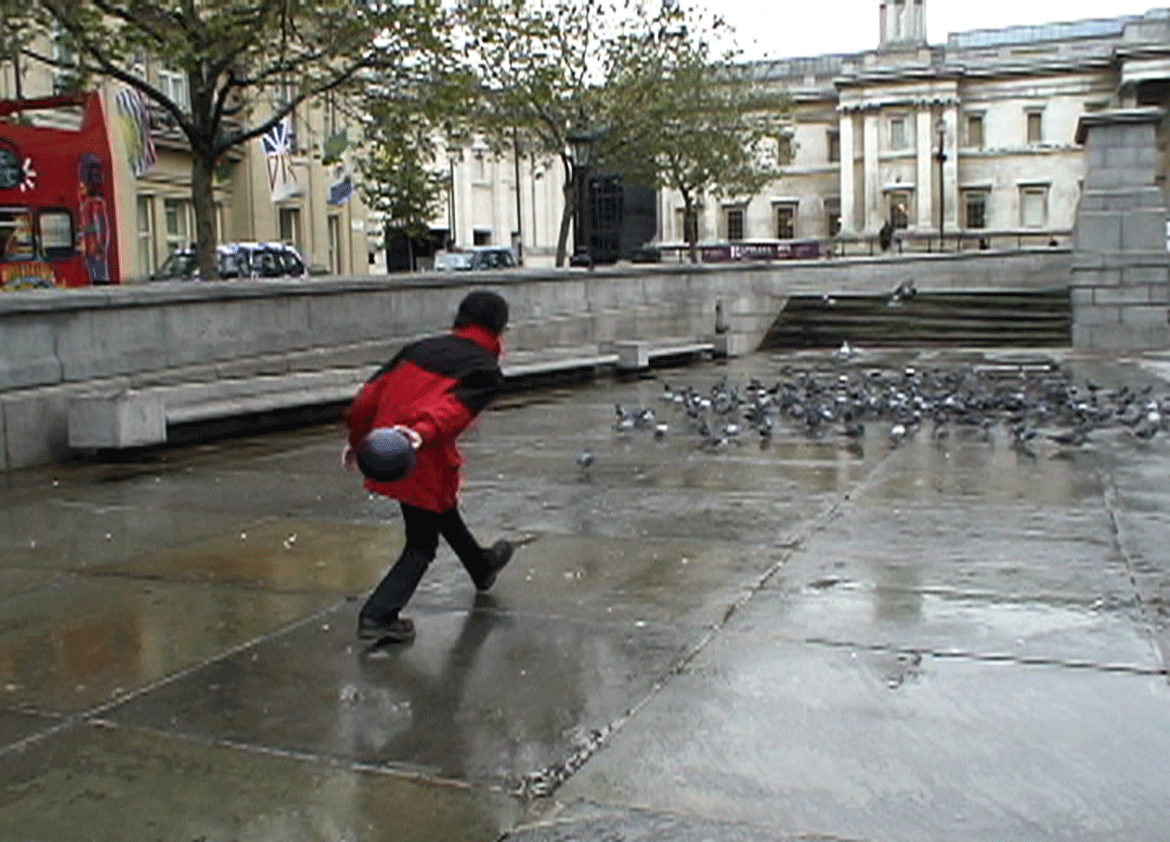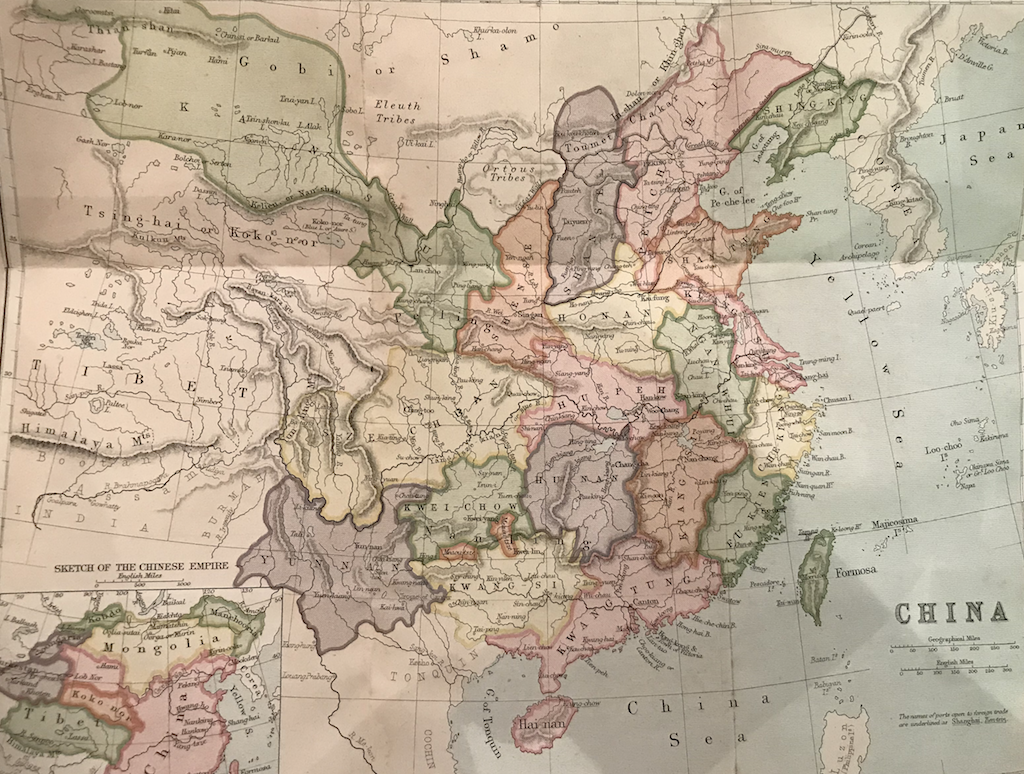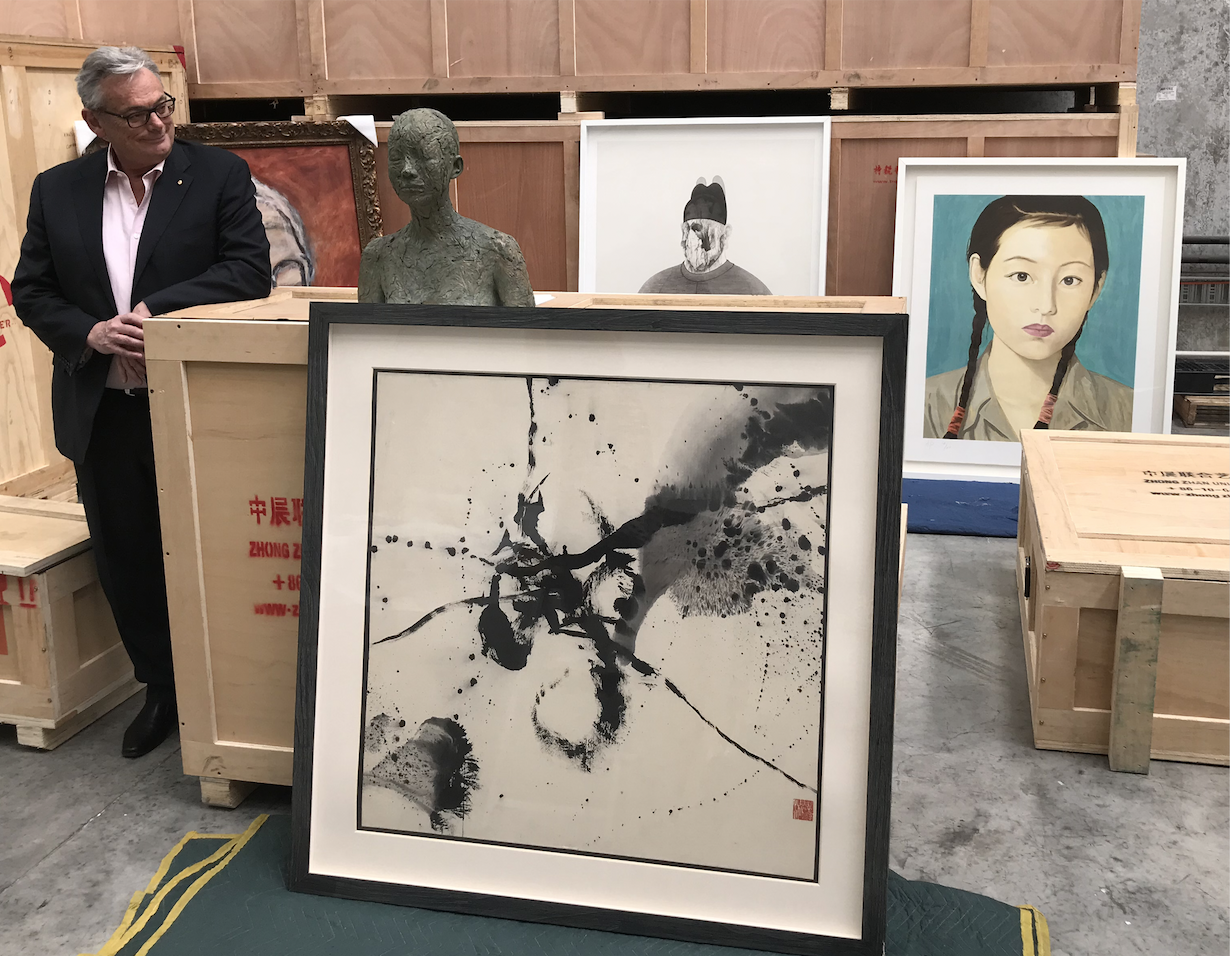Research
China at the 59th Venice Biennale: The Milk of Dreams
59th Venice Biennale: The Milk of Dreams
23rd April – 27th November 2022
Artistic Director: Cecilia Alemani
KATE RENNEY, REPORTING FROM VENICE
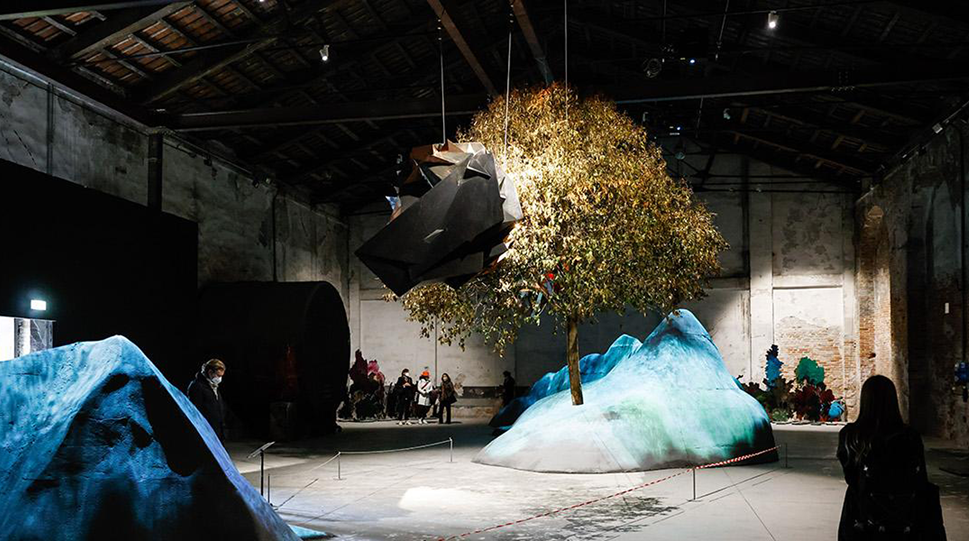
The 59th Venice Biennale: The Milk of Dreams, curated by Cecilia Alemani takes its name from the eponymous children’s book by British-born Mexican artist Leonora Carrington (1917-2011), setting the tone for an exhibition that might well be described as fantastical. Across the Central Pavilion in the Giardini and Arsenale, 213 artists from 58 countries bought forth anthropomorphic and technologically advanced innovations that embody the Surrealist theme. With such diverse interpretations of the theme on display, there was intrigue at every corner.
Within this mix, the China Pavilion, also located in the Arsenale, made an especially noteworthy impression. The impact of the Pavilion stems from the intertwining of issues that include tradition and change in the context of new technologies and artificial intelligence, and the entanglement of contrasting cultures in the contemporary era. Upon entering the Pavilion, the viewer is seemingly ‘teleported’ into a futuristic world. The room is filled with high-tech developments that compel the viewer to reconsider relationships with technology and the way it enables people to understand what it is to be human.
Curator Zhang Zikang, from the Central Academy of Fine Art in Beijing, has presented a constellation of Chinese artists. These include Liu Jiayu, Wang Yuyang and the AT Group. All artworks exhibited in this show echo the theme ‘Meta-space’ (Yuanjing, 願景). According to arts writer Sukanya Deb:
“Meta-space takes its name from the Chinese concept of Yuanjing願景 that is further taken from lingjing, which was the concept proposed by the scientist and cyberneticist Qian Xuesen, who led the development of the Chinese space programme, aside from pioneering the nuclear and space project ‘Two Bombs, One Satellite’ in the 1960s. While Lingjing is a term used for virtual reality, it translates on a more literal basis to ‘spiritual scape’, where scape is a reference to the Chinese conception of an endless expanse or a space without bounds, whether that is an external or physical space, or even a spiritual realm. Meanwhile, Yuanjing translates to ‘vision (of the future)’, where this union of concepts helps us to envision the proposition of space within the exhibition. It is the interaction between philosophy and new, futuristic generative technology that allows us to experience the exhibition space as a Meta-space.”
The exhibition suggests a fusion of the future with traditional Chinese themes exploring landscape, and the juxtaposition of Eastern and Western traditions to explain and document the current changing status of the world, particularly the relationship between humans, technology and nature.1 Through advanced technology, the China Pavilion speculates on how we can transform and transcend physical space and time, much like the meta-verse’s capacity to infinitely store data, which comes to mind when thinking about this exhibition.
Entering the low-lit Pavilion, an installation by Liu Jiayu featuring a large mapped projection and titled ‘Streaming Stillness’ is visible. The object takes on a life of its own, as it appears to grow from the ground and multiply throughout the room. The Artificial intelligence machine was made to study over 10,000 Chinese ink wash paintings and Chinese terrain data to create three-dimensional graphics.2 The concept for this work emerged from a combination of Jiayu’s constant travelling to and from China and the desire to represent more Chinese culture within her artworks. Her travels reminded her of ‘The map of the Tracks of Yu’, 1136 CE, China’s first Atlas, which was her main inspiration behind creating this work. Jiayu successfully reimagined Chinese landforms by amalgamating nature and technology. In doing so, she highlights how humans have interacted with nature in the past and how we will navigate nature in the future.
In an exhibition literally fuelled by technology, one still finds references to China’s long cultural history. For instance, this can be seen in artist Xu Lei’s landscape images, titled ‘The Variations of Chalk Cliffs at Rugen’. The series was inspired by German Romantic painter Caspar David Friedrich (1774-1840) as well as Chinese Song Dynasty landscape paintings. In a very direct way, Xu Lei draws comparisons between the 19th century European Romantic Movement and the Literati paintings of the Song Dynasty (960-1279CE), which similarly depict solo human figures in wild natural settings. These landscape paintings give the viewer a refreshing glimpse of Chinese tradition that is juxtaposed by a vast collection of advanced and forward-thinking innovations that are more the focus of the other installations in this pavilion. Lei mentions that his art practice:
"draw[s] nutrients from ancient art, I take a convoluted path and explore the future. When I explore this road, I find that the more I look back, the more I am at a very cutting-edge position."
Lei presents two Installations titled “Correspondences” named after the poem by French symbolist poet Charles Baudelaire (1821–1867). In this installation, Lei once again finds commonalities between Eastern and Western landscapes, extracting symbols from Li Gonglin (李公麟, 1049–1106) and Ni Zan's (倪瓚, 1301–1374) artworks alongside western artists, Giotto di Bondone (d. 1337) and Leonardo da Vinci (1452–1519). Depicted on geometric panels, these juxtaposed depictions of nature move slowly between each other and cross over in harmony3 to reveal Lei’s current cultural feelings. He recognises that in light of globalisation “the reason for understanding was that we needed to find commonalities in different cultures.”
Similar to Liu Jiayu’s work, ‘Jungle’ by the AT Group, a collaboration of young creators from Central Academy of Fine Arts, Institute of Sci-Tech Arts and the Tsinghua Laboratory of Brain and Intelligence,2 have generated an AI powered installation and trained it to learn and retain information about real world plants. Subsequent to creation, the machine takes on a mind of its own, autonomously creating its own digital representations of plants. The images were then printed on mirrors to position the viewer in the eyes of AI. Sporadically placed throughout the exhibition space, it resembles the organic growth of nature and how it can, when given the opportunity, prevail over human-induced threats. The outcome of this installation was not only breathtaking for its dynamism but for its vibrancy.
Floating above the ground, in the centre of the room is Wang Yuyang’s Installation ‘Quarterly’ made from silicon, bronze, red copper, brass, a tree and stainless steel.5 Another AI installation that has been programmed to generate artworks from the vast database that has been stored within its construction. Once the machine commences operating, it begins to autonomously make its own random decisions, therefore becoming the artist. This breaches the anthropocentric notion of creativity and intelligence, challenging us as humans to reconsider our relationship with technology. Do we still control and operate these devices? Or are we equal? Or, could the technology potentially control humans? We can no longer be reduced to the thought that humans are the only conscious beings. At first appearance, the work seems to emit minimal appeal, however, it is what the installation is capable of, that makes this installation so remarkable and revolutionary. It gives us an insight to what the future may hold and makes us consider our role as humans as technology supersedes our preconceived notions of its abilities.
This exhibition encapsulates the theme ‘Milk of Dreams’ in the way that imagination is the driving force with a focus on future-oriented thinking. We are presented with many representations of bodies and their metamorphoses through technological advancements and reimagined versions of nature through artificial intelligence. Zikang’s curation of this pavilion is successful in the way it engulfs the viewer with artworks that are an imagination of the future. With technology already having a huge influence on art in China, it exposes the magnitude of technological progressions and its capabilities to change the course of the modern world and how we, as humans interact with technology and nature imperil.
Kate Reney, 2022

Xu Lei
The Variations of Chalk Cliffs at Rugen
2022
China Pavilion, 59th Venice Biennale
Photo by Kate Reney, 2022
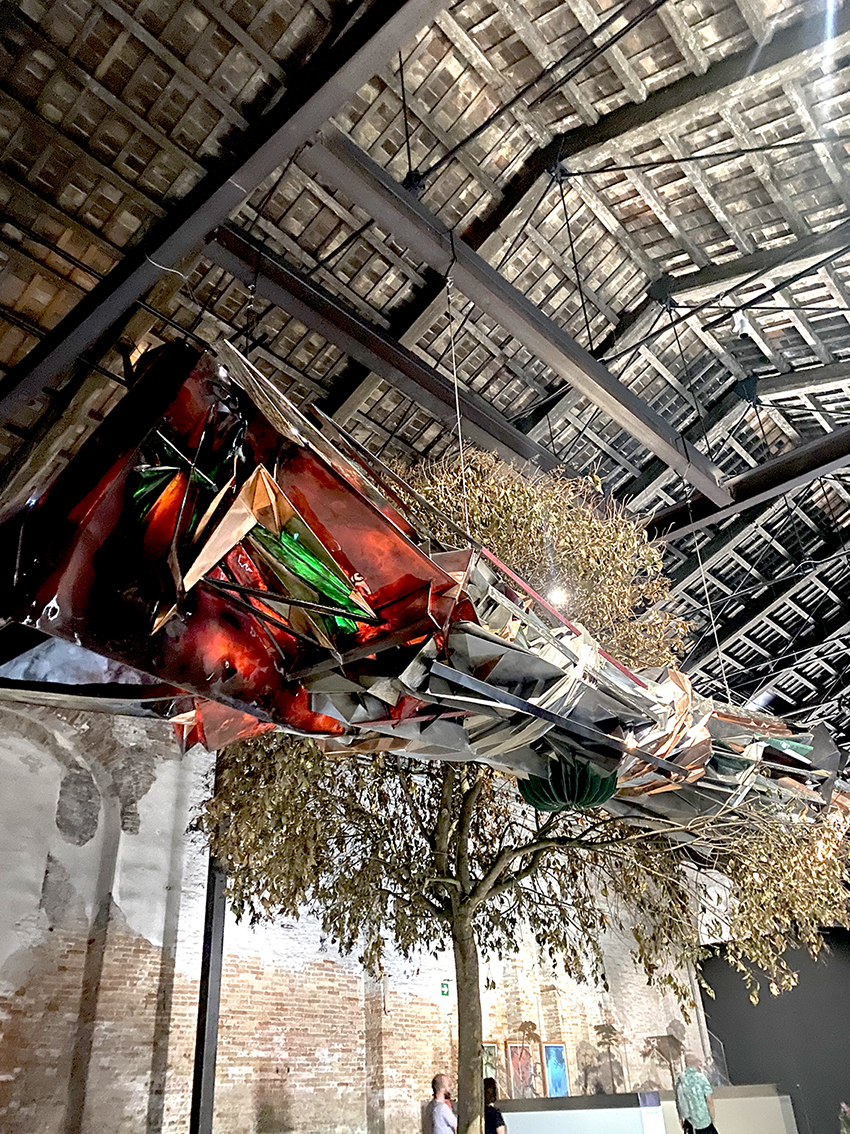
Wang Yuyang
# - Quarterly
2015-20
Silicon, bronze, copper, brass, stainless steel, tree
China Pavilion, 59th Venice Biennale
Photo by Kate Reney, 2022
